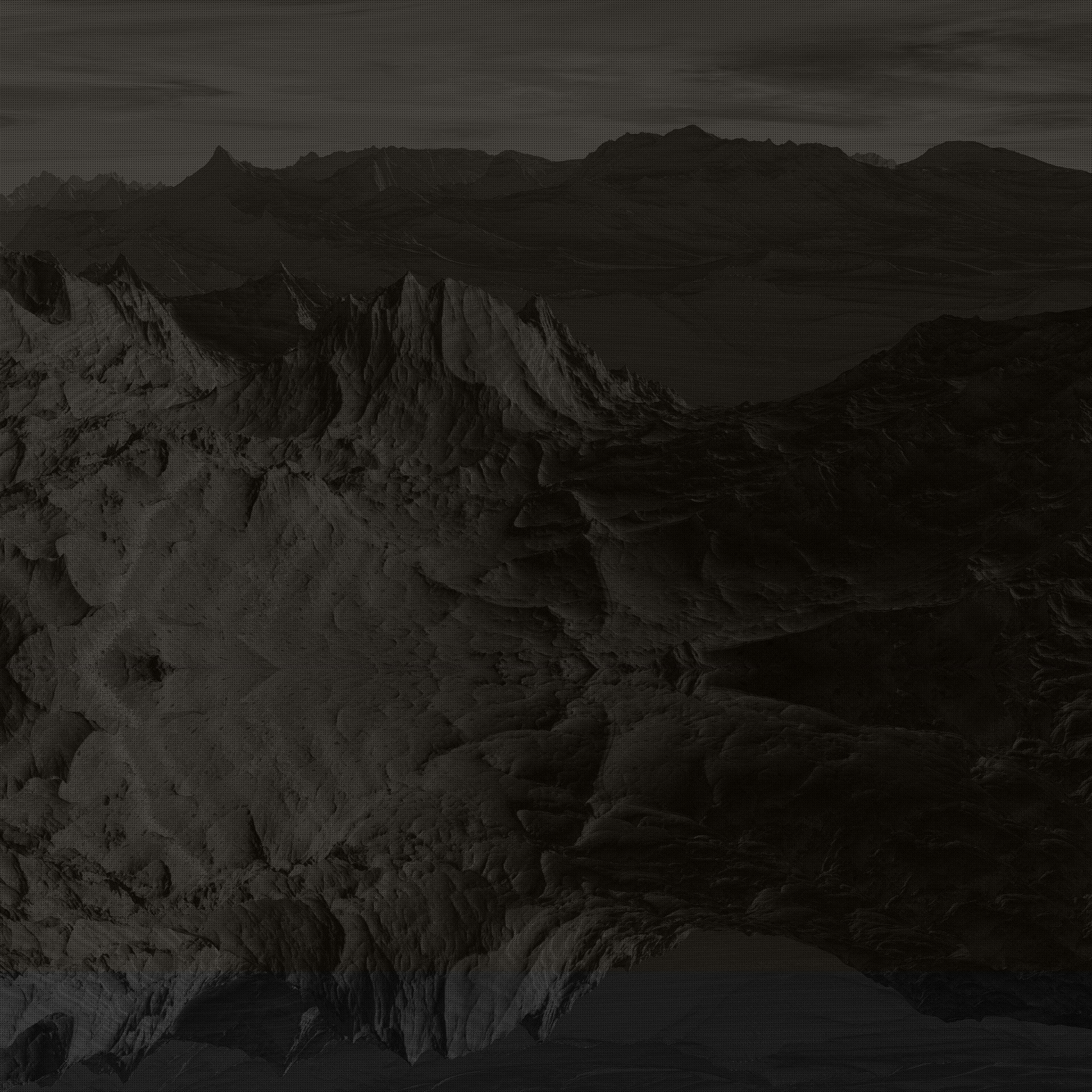Top Tips to prepare for an Interview Shoot in Calgary
- Admin
- Oct 27, 2020
- 4 min read
WHAT TO EXPECT ON THE DAY OF THE SHOOT
1. CLOTHING
Colors: Neutral colors work great. Pastel colors work great. Dark colors are slimming. So are solid colors. If you want something other than a solid. Perhaps most importantly, wearing clothes that are well-tailored are slimming. On many of the shoots we may have a green screen. No GREEN anything. Avoid pure white or black and really bright, saturated colors like red or bright orange.
Wrinkle-free: Please make sure clothes aren’t wrinkled.
Patterns: Try not to wear any tight, repeating patterns. This can cause moiré or unwanted aliasing with the camera image. Definitely avoid tight checkered patterns, tight poc-a-dot patterns.
Avoid Jewellery or Highly reflective materials: Jewellery can cause issues in audio if there is jingling. Reflective issues can be way over exposed due to lighting.
Hair: Long hair is better to be in buns or ponytails for green screen keying. Results are often more accurate.
Glasses: Cause reflections from the lighting. You might be asked to remove them. If you must wear glasses, please expect some extra time if we need to re-adjust lights. Definitely communicate this ahead of time if the talent is going to be wearing glasses.
Makeup: This will be on a case by case basis depending on the subject.
Microphones: The talent is most often recorded through a lavalier mic (attached to the talent) as well as a shotgun mic (overhead on a stand). Please let us know if your personal bubble space is larger than most people’s.
2. HOW LONG WILL THE SHOOT TAKE?
This is highly dependent on how well the talent has reviewed the script and comfortable talking about the subject matter. This is discussed during the pre-production phase and should be well known in advance. For a typical half day shoot expect the allocated shooting time to be between 2 to 4 hours (including small breaks to rehearse scripts, adjust lighting or audio, client calls, etc.)
PREPARATION FOR BEING ON CAMERA
1. Don’t just purely Memorize.
Memorization without practicing variation in intonation can come across as inauthentic.
2. PLEASE Read Over The Script in advance of the filming day.
Practice reading the script out loud. Self-recording on your cell phone or practicing in a mirror really helps to see what you look like on film. This helps with self-awareness; you will catch yourself on tone of voice, enthusiasm, umms and uhhs.
The more you practice the lines, the more natural the subject matter will come out on the day of the shoot and you will become less nervous as a result. If you’re helping write the script, create drafts that ACTUALLY feel natural when you read them aloud.
PRESENTATION
1. Tele-Prompter
Teleprompters are not always universally a good thing. Most people assume that the shoot will go easier; however most of the time the talent will sound much more robotic and monotone if the script has not been practiced.
People can sound easily sound bored when reading off line-by-line. It takes a lot of practice to do this well and usually well-seasoned talents that are on camera often are the ones that have the self-awareness to master this well. Also, beware that your eyes might track to and fro across the image as you are reading. Make sure to look at the centre of the lens. If reading from a prompter, put extra intonation in your voice. We can definitely provide time to practice before recording if we allocate the time.
2. Collaborating with The Director/Producer
The director and/or producer wants to do their best to make you look good. Listen to their advice whenever possible. Definitely communicate any issues that you may be having.
3. Extra Energy Levels.
Production can go longer than expected and enthusiasm from the talent can gradually drain as the day carries on. Energy levels can start declining especially on later videos. Often you’ll need to overdo it, be overly enthusiastic, enunciate more than normal and be more animated than you usual. About 20 to 30% more energy comes off great during playback. Imagine the real audience is on the other side of the camera.
4. Smile
Please smile if the subject matter allows for it. Make the audience believe you are happy to be there sharing your knowledge.
5. Beginning and Ending of Takes
To have clean takes for post-production try to look at the camera in the beginning before you start talking and don’t take your eyes off the camera until the director says cut.
6. Look Directly at Lens of Camera
Look directly at the camera and talk to the lens imagining your audience is on the other end, be sure to look at the camera the whole time and don’t let your eyes wonder to the sides after sentences. If your eyes are moving side to side, the viewer will find this distracting.
If there is another staff member from your team present at the shoot, we usually recommend that person to be far behind the subject and out of sight or out of the room completely as the eyes can tend to zone in on other people in the room.


Comments